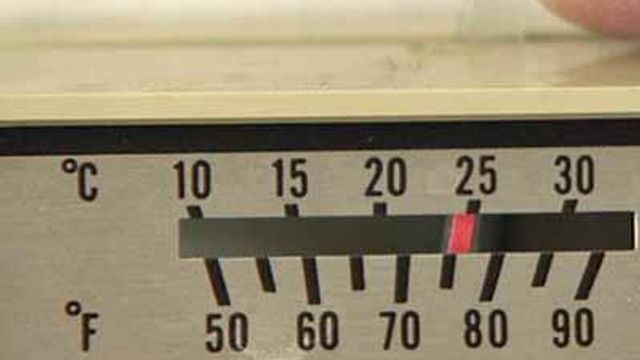Energy suckers drain household budgets
The average U.S. household pays $2,200 in power bills a year, so Consumer Reports shows how to use the biggest energy suckers in the home less.
Posted — UpdatedThe average U.S. household pays $2,200 in power bills a year, so Consumer Reports shows how to use the biggest energy suckers in the home less.
"Start with your electronics. Powering them can cost nearly as much as powering your kitchen appliances," said Dan DiClerico, with Consumer Reports.
More than a third of U.S. homes have multiple computers, and half have three or more TVs.
The set-top box for those TVs is one thing you might not realize is a major energy guzzler. Combined with a high-definition DVR, it can actually use more energy than some refrigerators.
"One way to save: Ask your cable company for a new box that meets Energy Star's 3.0 standards," DiClerico said.
Another money-saver is to set your computer to sleep or hibernate when you're not using it.
Besides electronics, "appliances account for 30 cents of every dollar you spend on electricity," DiClerico said.
For savings, when you're buying a new appliance, look for one with the Energy Star logo. The program recently implemented stricter standards.
Always look to cut your heating and cooling costs, which account for around 40 percent of a home's typical energy use.
"The most effective way to do this – insulate your attic, make sure your ductwork is properly sealed and eliminate any air leaks," DiClerico said.
Many attics don't have enough insulation. Consumer Reports says that cellulose insulation should be at least eight inches thick, and fiberglass or rock wool insulation should be at least 11 inches thick.
Making these changes can add up to an average savings of $500 a year.
Copyright 2024 by Capitol Broadcasting Company. All rights reserved. This material may not be published, broadcast, rewritten or redistributed.






